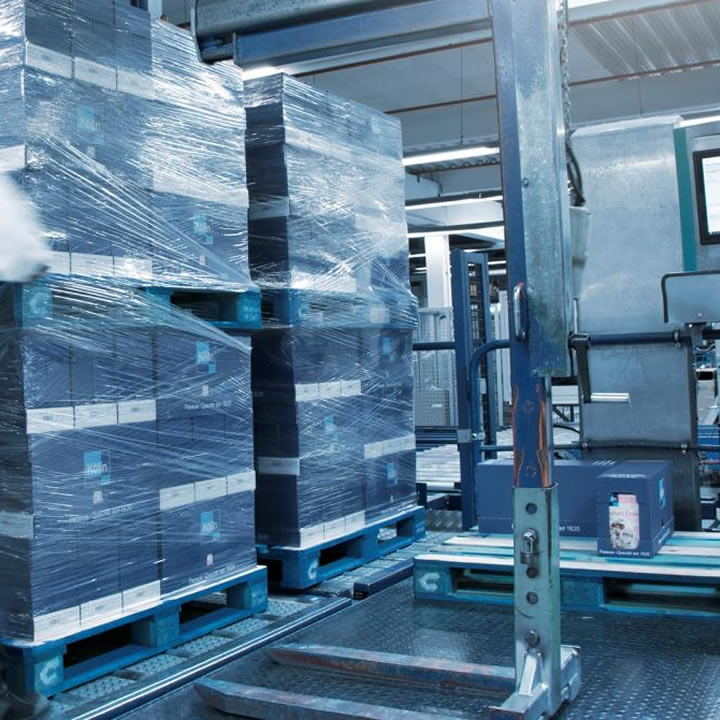The food and beverage industry is a diverse sector encompassing the overall processing, packaging, and distribution of raw food materials and beverages (alcoholic and non-alcoholic).
To optimize their profits and maintain a constant distribution network, food and beverage industries should understand the role of adopting effective storage management systems. One of the most crucial decisions concerning storage issues is whether to rent or buy a storage facility and the effect of such a decision on cost management.
There are many variations of storage spaces located in Toledo, OH, and any food and beverage industry focused on renting one for their operations should always weigh in on their overall needs before selecting a perfect one to best suit their interests.
Some of the factors they ought to consider include but are not limited to flexibility, operating and maintenance costs, heating and air ventilation, zoning regulations, among others.
Storage spaces for hire are configured in different styles and have various levels of automation to suit the wants of various food and beverage industry players. The critical influence of your configuration choice will boil down to the nature of the products you deal with.
Either way, a certain level of automation is paramount for most operations to be undertaken effectively, be it an online payment system, advanced security measures, or temperature control. Listed below is an overview of some standard storage solutions you may consider.
#1. Pushback Rack System
Also called the LIFO (Last In First Out) pushback rack system, its design prioritizes the arrangement consideration of the last inventory batch to be the first out. It is designed so that the pallets get pushed back when new inventory batches are added to the pallet, and due to its slight tilt nature, rear pallets will naturally move to the front when the front pallets are removed.
The pushback rack system is also used to successfully manage inventory on a FIFO (First In First Out) approach. This method is particularly suitable for small food and beverage businesses wishing to maximize and effectively manage their storage spaces.
#2. Carton Flow System
It is also called the carton live storage system and is characterized by wheels and gravity to move cartons or other light forms of storage batches. It follows the FIFO (First In, First Out) system in that after a carton is picked, the next one on the line naturally flows to the picking line.
Carton flow system promotes high-density storage and is particularly useful for the food and beverages industry as it significantly reduces the travel distances required for picking inventory. It also saves largely on operating time and the space within the warehouse.
#3. Pallet Flow Systems
Pallet flow systems employ a combination of rails, wheels, or conveyors to effectively push inventory on pallets from the loading to the pick station with the aid of gravity. It also follows the FIFO (First In, First Out) system in that after a carton is picked, the next one on the line naturally flows to the picking line.
Pallet flow is ideal for managing and distributing inventory in the food and beverage industry. It saves a lot on other operational costs in labor and energy due to their back-to-back pallet storage design.
#4. Selective Rack System
This method is arguably the most common among all other storage styles overly used in inventory management in the food and beverage industries due to its low-cost and straightforward nature. Just from the name, the selective rack system allows for selecting a batch without moving other inventory batches.
All pallets within this system are visible and accessible at the full height of the storage facility and are suitable for all storage needs that involve quick decisions where particular inventory loads may be required fast. A significant advantage of selective rack systems is their high potential for customizability and cheap installation.
#5. Mezzanine System
Mezzanine floor systems are raised and accessible platforms designed within the warehouse to further increase the size of available storage or working spaces. They are a good way for companies to cut warehouse expansion and associated costs and can have several levels depending on a particular warehouse height.
There are many styles of mezzanine floors that can be configured, i.e., they can be structural or freestanding, prefabricated or customized, and can also be built into virtually any warehouse shape. Mezzanine floor systems can sometimes also be placed outside the warehouse’s perimeter depending on particular storage needs to be addressed.

